War is hell. That’s an unavoidable part of the deal any time multiple parties enter into an agreement to fight each other to the death. Some conflicts have seen more carnage than others, and the length of them can vary greatly, but one potential outcome of war is a hefty body count. And boy, there have been some doozies throughout history.
Some of these numbers can be so high, it’s almost impossible to comprehend. Some of these skirmishes you’ve probably heard about, while others probably aren’t taught during your standard history courses. One thing is for sure, and that’s the absolutely staggering numbers of deaths. Here are the wars with the highest death tolls in the history of the world.
10. The Second Congo War
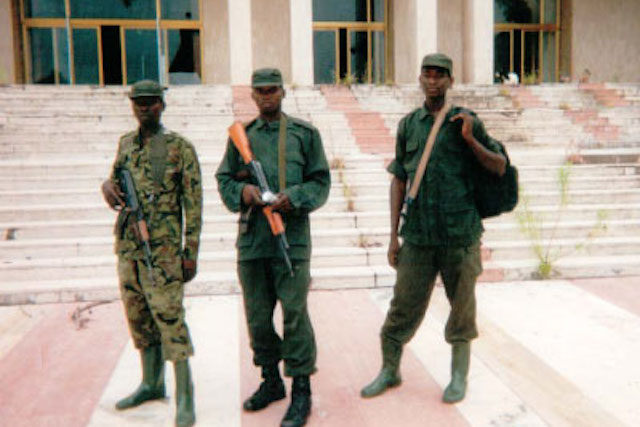
Several countries in Africa hosted battlefields during World War II, and nothing since then on the continent saw the same amount of death and destruction until 1998. That’s why the Second Congo War has been referred to as “Africa’s World War.” The country of Zaire was invaded by neighboring country Rwanda in 1996, causing Zaire president Mobutu to flee. The country was then dubbed the Democratic Republic of Congo. But the “republic” was tenuous already.
Several shifts of power took place, with other African countries supporting Rwanda, while others took up arms for the DRC. Nine countries and 25 groups and militias entered the fray in total. Beyond the fighting was an absolute slew of famine and rape. Though a peace accord was signed in 2002, the fighting in no way stopped. Natural resources, which are incredibly plentiful in the areas affected by the war, are a constant source of power struggles and renewed conflicts. Over 5 million people have died as a direct cause of the Second Congo War, and indeed it has been the deadliest conflict in the world since the Second World War.
9. Thirty Years’ War
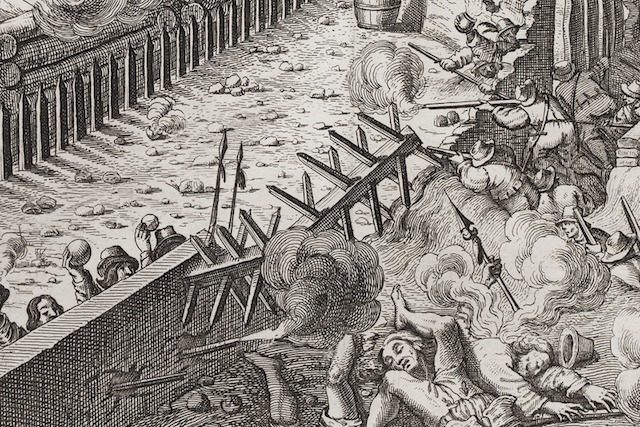
Religion and warfare have historically been close bedfellows. 17th century central Europe found that out the hard way. When Emperor Ferdinand II was anointed the leader of the Holy Roman Empire in 1619 and forced those living under his rule to practice Roman Catholicism, protestors in Prague literally threw representatives of his out the window. A domino effect commenced.
The Bohemian revolt was next. Protestant states in the north, backed by Sweden, Denmark, and Norway, looked to break away from the Holy Roman Empire. They formed alliances with Germany. Ferdinand got help from Spain. The Ottoman Empire jumped in fought for the Bohemians. Ferdinand was winning the war at first, until Sweden’s leader, Gustavus Adolphus, pushed the Catholics back. Ferdinand rose again, when the French joined in against them. It was a couple decades of stalemates and short, meaningless armistices. It wasn’t until 1648 that a legitimate treaty was signed, leading to a massive transformation of the European map, and the reduced influence of religious organizations. It also stoked a different kind of fire in the more pronounced distrust of different ethnicities and religious beliefs. All told, 8 million people perished during the prolonged conflict.
8. Russian Civil War
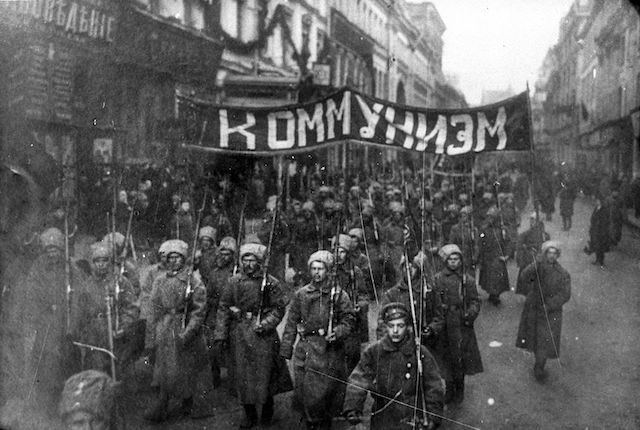
As Russia was participating in the maelstrom that was the First World War, internally the country was in utter chaos. Two revolutions in February and October of 1917 led to Tsar Nicholas II being abdicated and a massive surge by the Bolsheviks, a faction helmed by Vladimir Lenin.
The sides were drawn: the Red Army (seeking to install the Bolshevik leader Lenin) and the White Army (a collection of allies including democratic socialists and capitalists). Even though Russian was fighting this war in-house, other countries like France, the U.S., and England jumped in to support the White Army. That support ended when WWI finished up the next year. The next two years saw shifting balances between Red and White, but in 1920, the Bolsheviks won a decisive victory in the south that saw a major retreat of the White Army. The Bolsheviks’ desire to create a soviet socialist republic was complete, but at the cost of over 9 million lives.
7. An Lushan Rebellion

Dynasties in China are almost like the NFL in that teams, in this case ruling factions, have a continuous, prolonged streak of greatness. The difference is that instead of the Patriots, 49ers, and Steelers having great decades, it’s Chinese emperors leading the country for hundreds of years and causing untold amounts of bloodshed in the process.
In 755 A.D., the Tang dynasty saw one of its own military men lead a rebellion against the ruling government. The general, An Lushan, named himself emperor, which actual sitting emperors really hate, and took over the capital city of Chang’an. His rival kingdom named itself the Yan Dynasty, and continued for eight years before the Tangs finally shot down his rebellion. The military casualties, coupled with civilian population devastation from the war and famine, led to a combined body count of at least 13 million people.
6. World War I
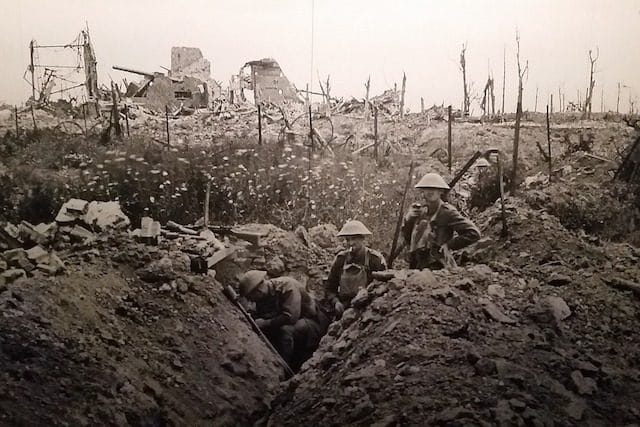
Beginning in Europe, the First World War lasted just four short years, from 1914 until 1918, but it was during a time of such industrialization that the level of death and destruction was something that had not been dreamed possible before. In Bosnia, Archduke Franz Ferdinand was assassinated, setting off a chain of events that drew in nearly every major country in the world.
Germany was a major aggressor, and Allies like England, France, Russia, and eventually the United States (after Germany began sinking U.S. passenger ships) all took up arms against them. Russia would see an internal revolution in their country (see entry #8), making them take a time-out midway through the war. The sea and air became battlefields like they never had previously in human war. Machine guns and newer artillery enabled quick and efficient killing. In the end, it was down to who could produce more resources, and it was the Allies who won that race, leading to German surrender in 1918, after 18 million people around the globe lost their lives. Close to 7 million of those were civilians.
5. Taiping Rebellion
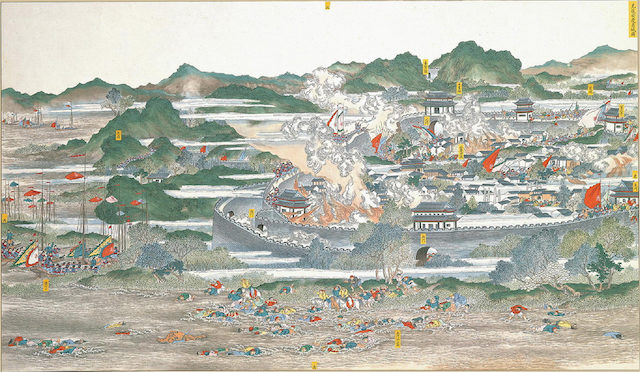
One in a long list of devastating wars that occurred within China, the Taiping rebellion took place from 1850 until 1864. It was a revolt against the reigning Qing dynasty (which we’ll talk more about shortly) by a cult-like group known as the God Worshipping Society, who took issue with the economic conditions around them.
The Taiping rebellion even led to the group seizing the major city of Nanjing for over a decade. The leader of the rebellion, Hong Xiuquan, began to expand the reach of his God Worshipping Society throughout China. In 1850, he began to see that his group was properly armed and organized. They saw some victories as they defeated Qing armies in several cities, and the siege of Nanjing would be their high water mark, but once Europe joined the Qing forces, that was the beginning of the end. Hong was found dead in 1864, and the revolt fizzled out, leaving in its wake at least 20 million dead.
4. Qing Dynasty Conquest
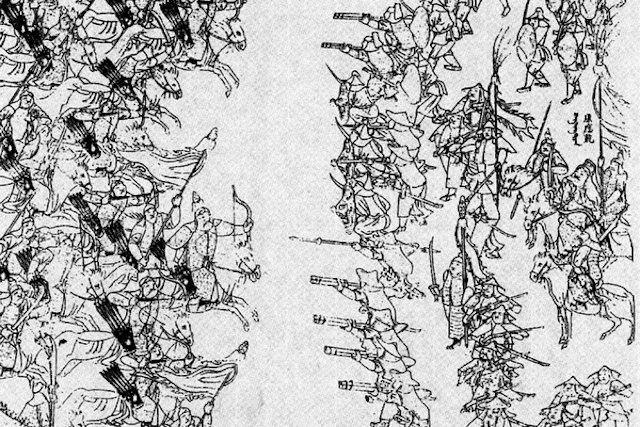
The Ming dynasty in China ruled from 1368 until 1644, overseeing a time that included much of the Great Wall being built, the first movable metal type printing, and the building of the famous Forbidden City. However, in 1618, rebellion against the Imperial Chinese began in Manchuria, setting in motion events that would overthrow the entire Ming dynasty. In 1636, a newly appointed leader of a new Qing dynasty, Hong Taiji, crowned himself emperor of China
The rebellion movement gained traction and began to snowball towards the capital of Beijing, eventually taking it over in 1644. It still took another forty years of bloodshed before the new Qing dynasty would establish themselves as the new regime in China, during which time over 25 million people would lose their lives. The Qing would enjoy their reign of power until 1912.
3. Second Sino-Japanese War
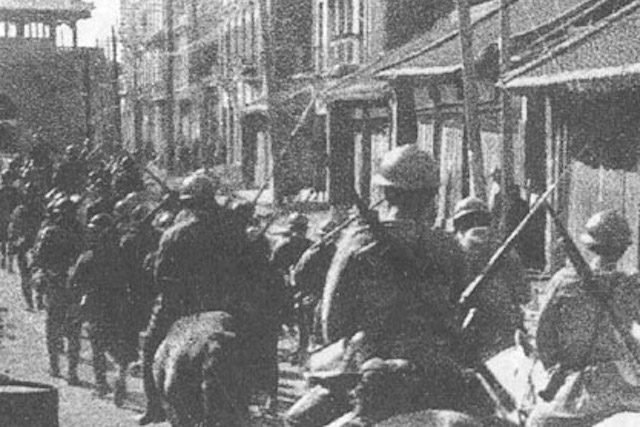
A war that raged around the same time as World War II, the Second Sino-Japanese War was fought between Japan and China from 1937 until 1945. Though a separate conflict initially, it was eventually absorbed into the brouhaha of WWII, and some other countries involved in the world war took sides with the two countries.
The war stemmed from Japanese imperialistic policies. When Japan bombed the U.S. base at Pearl Harbor in 1941, the Americans came to China’s aid, which started to turn the tide of the Sino-Japanese conflict. The war between the two often gets overlooked, as the more famous battles of the Allies and Axis powers are more prevalent in the history books. When the U.S. dropped the atomic bombs on Japan in 1945, those effectively ended the Pacific theater of the war, which also ended the Second Sino-Japanese War. Between 10 and 25 million civilians would be killed in the conflict, the most of the entire Pacific side of WWII.
2. Spanish Conquest of the Americas
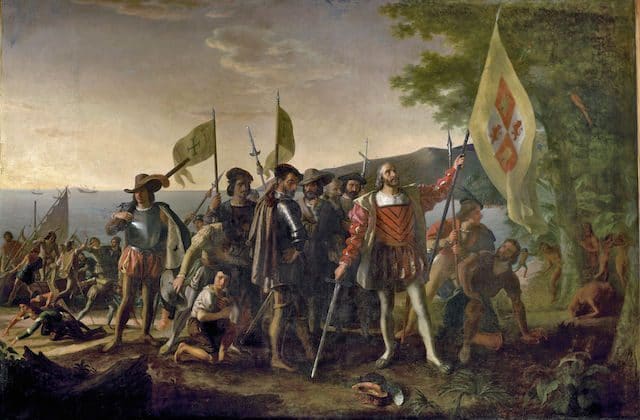
The romantic notions of people from Europe coming over and “discovering” the Americas leave out some pretty important bullet points: it was more like pillaging, and there was widespread suffering, disease, and genocide.
When Christopher Columbus sailed the ocean blue in 1492, there were roughly 60 million people scattered across North and South America. White Europeans came with their diseases, slavery, and overall murderous predilections, and reduced that to roughly 4 million. The math majors reading this will recognize that’s about 90 percent of the indigenous people. Whole tribes were wiped off the face of the planet, including the well-known treatment of the Native Americans of North America, but also many lesser-known populations in the Carribean and South America.
It’s believed the influx of Europeans killed off so many people so quickly that the global temperature cooled for some time during the 1600s. So much farmland and forestry were left untended by natives (who were now dead) that nature took over and gobbled up all the CO2 that would normally keep the planet warm.
1. World War II
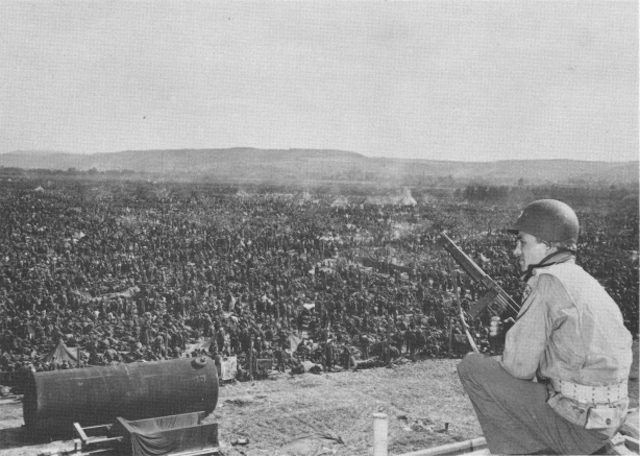
It’s not called a World War just for laughs – there was fighting on almost every continent in the world. The sides were mostly drawn up as the heroic Allies versus the evil Axis powers, with over thirty countries around the globe embroiled in the conflict.
Russia, on the Allies side (mostly), took the brunt of human losses in WWII, with over 20 million deaths. Those weren’t all from soldiers fighting, either. Many were civilian losses from cities being cut off, and from Russian leader Joseph Stalin being an all-around awful person. You would imagine that the Americans would have taken quite a hit, but they lost a relatively-smaller number of around a half million. And we also must not forget the Holocaust, which took place during the war, and which saw over 13 million persecuted souls murdered. All told, over 70 million died during WWII, 50 million of them civilians, and just over 3% of the world’s total population.